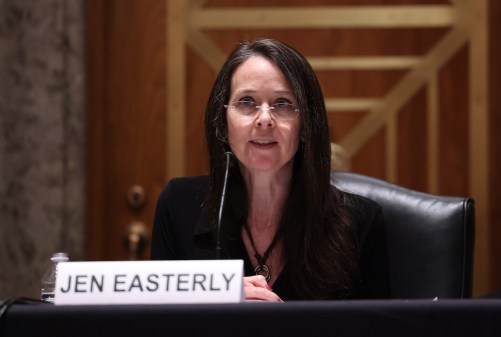Industry seeks consensus on government’s secure software compliance process

Government and industry need to reach consensus on a supply chain maturity model allowing tech companies to definitively prove they’re in compliance with the recently mandated federal framework for secure software development, experts say.
Exactly which artifacts — like threat models, log entries, source code files and vulnerability scan reports — and relevant metadata agencies should require companies to present in support of their attestations they meet federal software requirements remains up for debate.
The Office of Management and Budget mandated earlier this month that agencies comply with the Secure Software Development Framework (SSDF) published by the National Institute of Standards and Technology, in accordance with the Cybersecurity Executive Order, but industry wants clarity on government’s compliance process.
Software companies working with federal agencies are required to adhere to the Secure Software Development Framework in order to reduce risk associated with their access to government data.
“To the extent that we can be working together around what are those industry, ideally globally, defined best practices that companies can actually say, ‘OK, I’ve achieved this [certification]. I can attest that I’ve achieved these best practices,’ I think that would be useful,” said Jeanette Manfra, global director of risk and compliance at Google, during a NIST workshop Wednesday intended to inform future OMB guidance on implementation.
Google not only attests best practices, like two-person review of all code changes, but automatically generates auditable metadata around the provenance of that code. And that should become a software development requirement, said Manfra, who previously served as the assistant director for cybersecurity at the Cybersecurity and Infrastructure Security Agency.
Automated generation of validated artifacts would eliminate the need for third-party audits attempting to verify companies’ attestations they comply with the SSDF, Manfra added. Costly third-party audits were the primary reason the Department of Defense abandoned its Cybersecurity Maturity Model Certification in favor of a pared-down CMMC 2.0 allowing for more self-certifications.
If OMB does intend on requiring audits, it needs to ensure qualified auditors exist — lest companies struggle to bring their software to government, said Henry Young, director of policy at the Business Software Alliance.
“If you’re going to require third-party attestation, there needs to be a third party,” Young said.
CISA is attempting to scale a software bill of materials (SBOM), a nested inventory of software component ingredients, to help government and industry manage supply chain risk. The SBOM needs to become part of the SSDF, said Sharon Chand, a principal at Deloitte.
“Until we can have good interoperability from both the software producer, as well as the consumers and purchasers of that software, around common platforms, common standards that are well adopted around that SBOM, it’s going to be difficult to maintain the kind of traceability that is called for, around product or product line, by the secure development practices that are listed in the SSDF,” Chand said.





